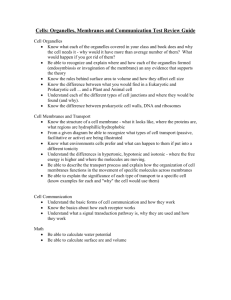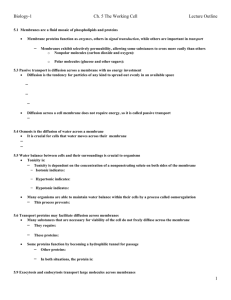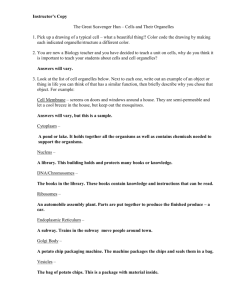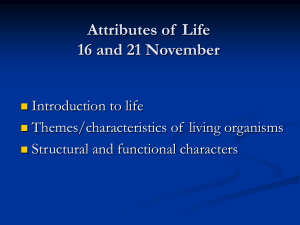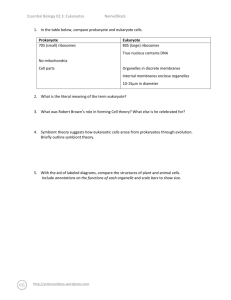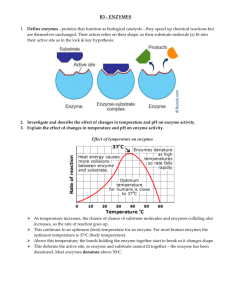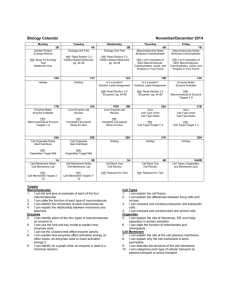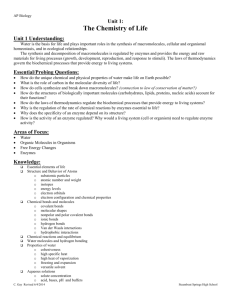Name: Behavior, Origins of Life, Enzymes Study Questions Chapter
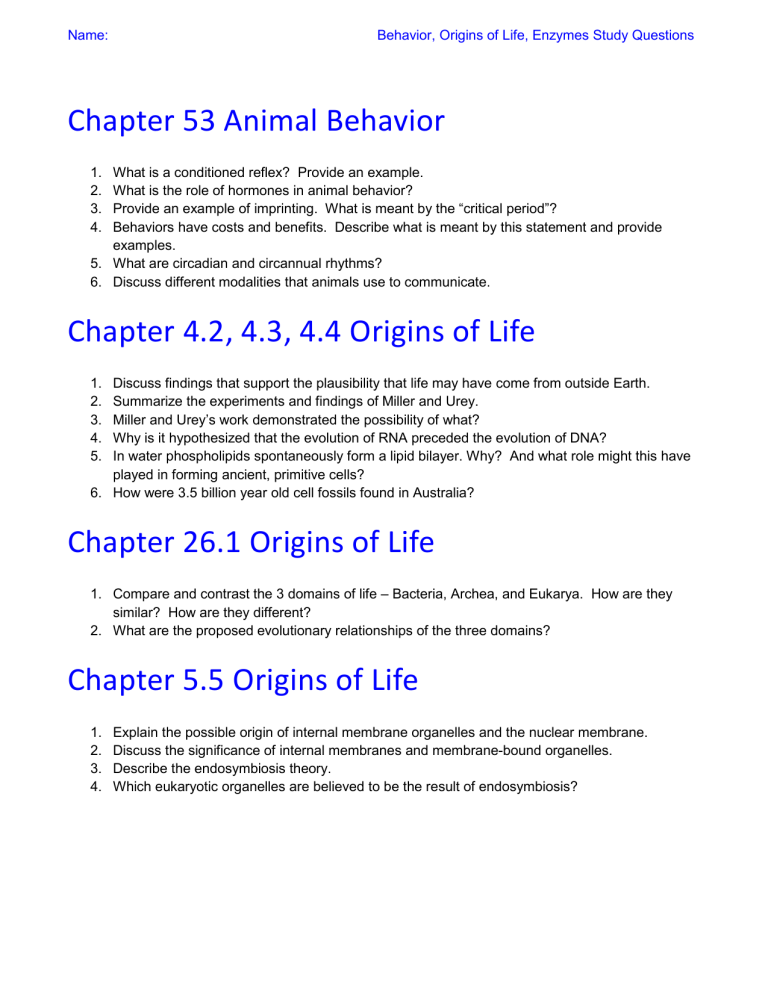
Name: Behavior, Origins of Life, Enzymes Study Questions
Chapter 53 Animal Behavior
1. What is a conditioned reflex? Provide an example.
2. What is the role of hormones in animal behavior?
3.
Provide an example of imprinting. What is meant by the “critical period”?
4. Behaviors have costs and benefits. Describe what is meant by this statement and provide examples.
5. What are circadian and circannual rhythms?
6. Discuss different modalities that animals use to communicate.
Chapter 4.2, 4.3, 4.4 Origins of Life
1. Discuss findings that support the plausibility that life may have come from outside Earth.
2. Summarize the experiments and findings of Miller and Urey.
3. Miller and Urey’s work demonstrated the possibility of what?
4. Why is it hypothesized that the evolution of RNA preceded the evolution of DNA?
5. In water phospholipids spontaneously form a lipid bilayer. Why? And what role might this have played in forming ancient, primitive cells?
6. How were 3.5 billion year old cell fossils found in Australia?
Chapter 26.1 Origins of Life
1. Compare and contrast the 3 domains of life – Bacteria, Archea, and Eukarya. How are they similar? How are they different?
2. What are the proposed evolutionary relationships of the three domains?
Chapter 5.5 Origins of Life
1. Explain the possible origin of internal membrane organelles and the nuclear membrane.
2. Discuss the significance of internal membranes and membrane-bound organelles.
3. Describe the endosymbiosis theory.
4. Which eukaryotic organelles are believed to be the result of endosymbiosis?
Name: Behavior, Origins of Life, Enzymes Study Questions
Chapter 3.4, 5.1, 6.1 Cell Membranes
1. Diagram an individual phospholipid and a bilayer of phospholipids. Label the hydrophilic head, and hydrophobic tails in both.
2. Why is cell size limited by the surface area-to-volume ratio?
3. The plasma membrane forms the outer surface of every cell. Why? What functions does it perform that are so important?
4. Lots of proteins are embedded within cell membranes. What different types are there? What might those proteins be doing? Provide two examples.
5. Membranes are constantly changing. How?
Chapter 3.2 Protein Structure
1. Describe the many functions of proteins.
2. Explain how the multiple structural levels of a protein (primary, secondary, tertiary and, in some cases, quaternary) contribute to the protein’s final 3-dimensional structure.
3. Discuss how shape and surface chemistry determine a protein’s function.
4. What environmental condition’s affect a protein’s shape and surface chemistry?
Chapter 8 Enzymes
1. The first and second laws of thermodynamics govern all energy transformations, including those in living organisms. Apply and interpret these two laws in terms of living organisms’ acquisition and use of energy.
2.
What is the relationship between enzymes and a chemical reaction’s activation energy?
3. Is the active site of an enzyme specific or non-specific? Why or why not?
4. Some enzymes require other molecules in order to function. Discuss.
5. What factors affect an enzyme’s activity? Your answer should incorporate enzyme concentration, substrate concentration, inhibition, allosteric regulation, and environmental conditions.
